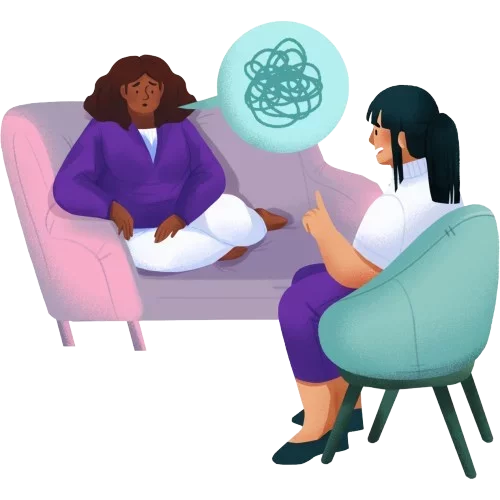Navigating Healthy Boundaries in Therapy

Therapy is a sacred space.
A space where safety, trust, and healing are built not by chance—but by design. At the heart of that design are boundaries. Not cold walls or rigid rules, but gentle structures that allow the therapeutic relationship to breathe, flow, and transform.
As a psychosexual and relationship therapist, I often say:
Boundaries are not restrictions. They are clarity.
Clarity about what this space is for. Clarity about who we are here. Clarity about what supports your healing—and what may unconsciously replicate harm.
Let’s explore what healthy boundaries in therapy truly mean.
1. Boundaries Begin with the Frame
From the very first session, I set the frame: how long we meet, how often, how to reach me, what confidentiality means, and where your privacy is protected.
Why? Because the unconscious loves safety. When your inner world knows the container is clear and consistent, it feels safe enough to open.
This frame is not about control—it’s about containment. Like the walls of a womb, it holds the space for deep growth.
2. Boundaries Protect, Not Punish
Sometimes, when a boundary is held—like ending on time or pausing a message thread—it can stir discomfort. Old wounds of abandonment or rejection may echo.
But here’s the truth:
A therapist who never says “no” may not be protecting the integrity of your process.
A therapist who is always available may unconsciously enable emotional dependency.
We’re not here to fix you. We’re here to empower you.
Boundaries protect both of us from slipping into dynamics that can sabotage your progress—like rescuing, over-sharing, or blurred roles.
3. Boundaries Create Emotional Safety
In psychosexual therapy especially, we are navigating vulnerable, intimate, and sometimes shame-filled territory. That’s why I maintain strong ethical and emotional boundaries—so your nervous system knows, without question:
"I am held. I am seen. I am safe."
There is no judgment here. But there is structure.
There is compassion. But there is also professionalism.
That’s how deep trust is built.
4. Boundaries Invite You to Grow
When clients ask for more than the frame allows—more sessions, more contact, or even emotional closeness—my role is to gently reflect and explore the deeper need underneath.
What’s truly being longed for?
What is the request really about?
These moments aren’t rejections. They are opportunities for deep healing.
Boundaries ask us both to stay awake. To stay conscious. To grow together in a relationship that models what healthy connection looks and feels like.
5. Boundaries with Compassion Are a Gift
A boundary doesn’t have to be cold. It can be loving, warm, even spiritual.
“I hear you. And I care deeply. And the most ethical, loving thing I can do right now is to hold this boundary, because that is what honors your healing.”
That’s not rejection. That’s responsibility.
Final Words
Healthy boundaries are not signs of detachment. They are signs of deep respect—for your process, your autonomy, and your right to heal in a space that is safe, ethical, and real.
As a therapist, my commitment is not just to listen, but to hold—with presence, clarity, and love.
Because in the right container, transformation doesn’t just happen.
It becomes inevitable.